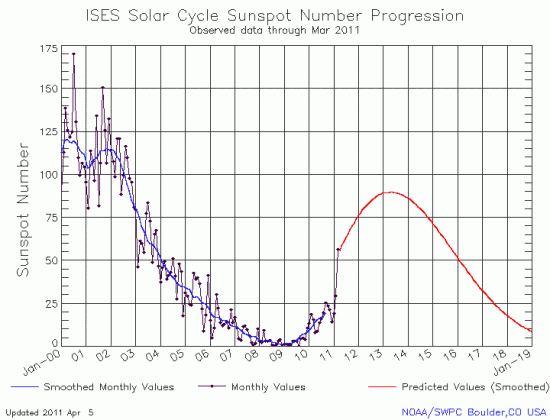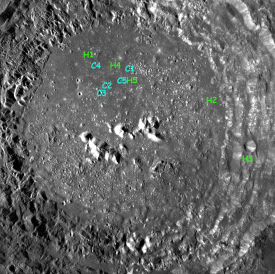Medicine in space does not have the right stuff
Medicine in space does not have the right stuff.
After 28 months, the medication stored in space generally had a lower potency and degraded faster than those stored on the ground. Six medications on the space station underwent physical changes, such as discoloration and liquefaction, while such changes only occurred in two medications stored on the ground.
Medicine in space does not have the right stuff.
After 28 months, the medication stored in space generally had a lower potency and degraded faster than those stored on the ground. Six medications on the space station underwent physical changes, such as discoloration and liquefaction, while such changes only occurred in two medications stored on the ground.


